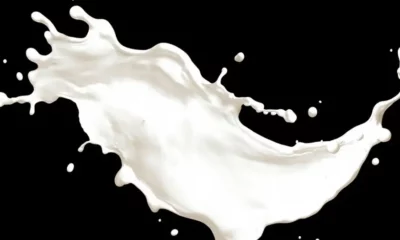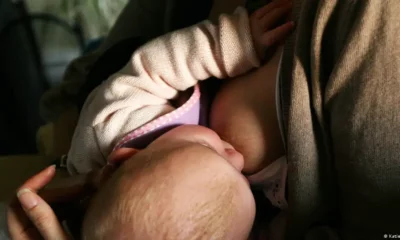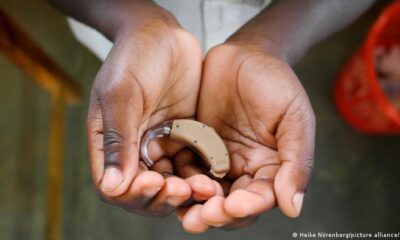SCHOOLS have introduced a slate of pandemic-style restrictions to reduce the spread of Strep A amid the fatal outbreak sweeping the nation.
The drastic measures mirror many of the lockdown policies previously introduced in schools, including face masks and group bubbles.


The new measures come as another child has died of group Step A, bringing the death toll of children to have died with the illness to 16.
Parents at Costessey Primary School in Norwich have been told their children will not be allowed to mix between year groups amid the outbreak.
The school has recorded 17 cases of scarlet fever – a disease caused by Strep A – resulting in the introduction of the pandemic-style rules.
The strict restrictions also mean the children’s nativity play and other Christmas celebrations have been called off this year.
“The rate of the rise [in cases] is a worry to us all and as always we are committed to ensuring the very best safety measures for our pupils,” the school said in an email to parents on Thursday evening.
Holmewood House Prep School, a private school in Tunbridge Wells, has also introduced measures to combat the spread.
The schools says it has made face masks available for staff and pupils, and hand sanitiser has been made available around the campus.
The school also plans on keeping doors and windows open during assemblies and carol services to help ventilation, despite the arctic weather sweeping through the UK.
Parents were told on Wednesday that the new rules were being introduced to “reduce the risk of transmission in the final days of term and on our return to school in January” following “a recent increase in illness across the school”.
The restrictions come as the numbers of children missing school due to illness has doubled since the start of the academic year in September.
According to data from the Department for Education, last week 1.58 million primary and 1.23 million secondary pupils were off with illness.
This is equal to 5.6 and 5.9 per cent of the national numbers respectively, and is more than double the 2.3 and 2.9 per cent stats from September.
But despite schools introducing the covid-style restrictions, the government is yet to issue guidance for schools to adopt such rules.
‘NEGATIVE CONSEQUENCES’
A Whitehall health source told The Telegraph that adopting bubbles was a “really weird” decision “because we’ve never used bubbles before Covid”.
The source added: “The evidence that bubbles worked was very limited.
“It’s again going back to interventions with no evidence….Kids grow up in a routine that gives them stability, and disrupting routine has a lot of negative consequences that we normally don’t appreciate or understand.
“There are certain things that we can do that are more important. The first thing is if your child has a respiratory illness or any symptoms then keep them at home until they’re better because you don’t want to pass those infections around.
“If your child looks unwell then get them seen by the medical team.”
The plans were slammed by another leading paediatrician, who said it was “highly, highly unlikely” that social bubbles will stop transmission in schools.
“These measures won’t work. That’s not the answer to this. It just creates more panic,” they told The Telegraph.
It comes as the 16th child has died from the horror outbreak in recent weeks.
Among those who passed away are five-year-old Stella-Lily McCorkindale in Belfast, seven-year-old Hanna Roap in Wales and Muhammad Ibrahim Ali, aged four.
The latest victim was a 12-year-old pupil at Hove Park School in Nevill Road who died having had suspected invasive Group A streptococcal infection (iGAS). He has not been named.
The outbreak of Strep A has now killed a total of 16 children, and experts are warning parents about the signs to watch out for.
You should contact NHS 111 if or your GP if:
- your child is getting worse
- your child is feeding or eating much less than normal
- your child has had a dry nappy for 12 hours or more or shows other signs of dehydration
- your baby is under 3 months and has a temperature of 38C, or is older than 3 months and has a temperature of 39C or higher
- your baby feels hotter than usual when you touch their back or chest, or feels sweaty
- your child is very tired or irritable

Must See
-


Tips
/ 10 months agoTen reasons for Amsterdam
Amsterdam mainly celebrates April 27th in Orange. The king’s birthday is traditionally celebrated with a...
-


Tips
/ 11 months agoTen travel tips for South Korea
A country between high-tech and tradition. A visit to East Asian South Korea is worthwhile...
-


Tips
/ 11 months agoTen reasons for Mecklenburg-West Pomerania
No other federal state has as much water as Mecklenburg-Western Pomerania. Baltic Sea waves wash...













